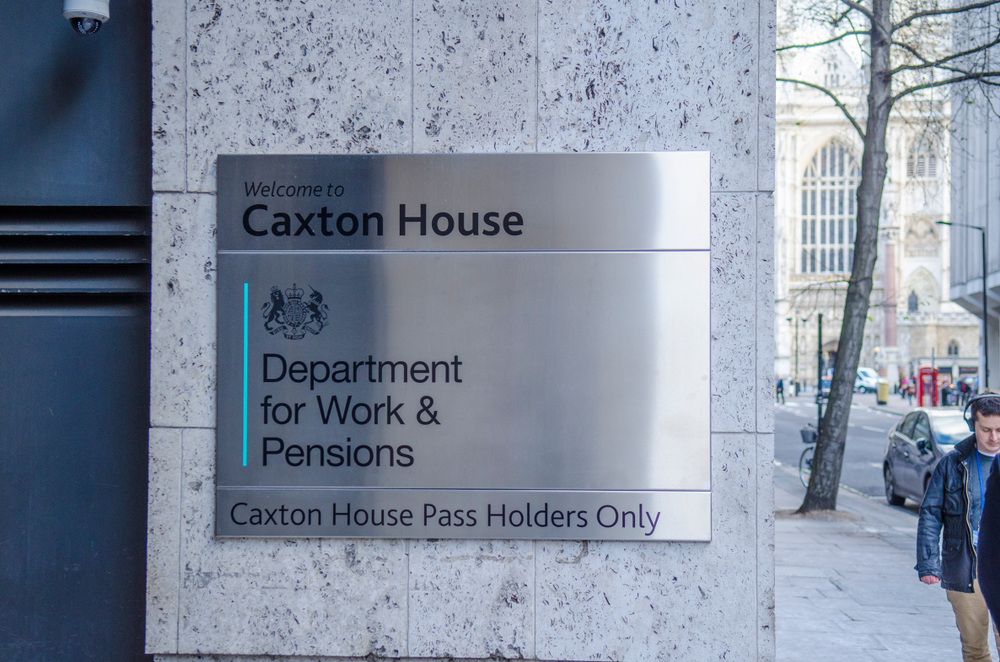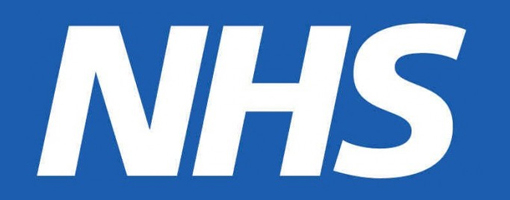The number of profit warnings issued in the first half of the year by UK-listed companies with a DB pension scheme has increased by 70 per cent year-on-year, analysis by EY-Parthenon has revealed.
EY-Parthenon’s latest profit warning analysis showed that the number of profit warnings from companies with a DB scheme has increased from 20 issued in H1 2021 to 34 issued in H1 2022. It means that of the 136 profit warnings issued in H1 2022, 25 per cent came from firms with a DB scheme.
In the second quarter of 2022, 15 warnings from companies with a DB pension scheme were issued, down slightly from the 19 issued in the first quarter, yet more than double the seven warnings issued in Q2 2021.
EY-Parthenon also found that the majority (26) of companies with a DB pension scheme that issued a profit warning in H1 2022 were from consumer-facing (19) or industrial sectors (seven), including FTSE personal care, drug and grocery stores, FTSE retailers, FTSE food producers and FTSE industrial support services.
Rising overheads, including increased energy, fuel, wage, and material costs, were cited as the main reason for companies with a DB pension scheme issuing a profit warning, with a record 60 per cent of firms claiming this in Q2 2022, up from 53 per cent in Q1 2022.
This was followed by supply chain disruption, which accounted for 33 per cent of warnings, up from 26 per cent in Q1 2022.
EY-Parthenon head of pensions alternative financing solutions, Eimear Kelly, commented: “Despite the economic headwinds that many corporates are facing, there has actually been a year-on-year improvement in the funding levels of DB pension schemes.
“The PPF 7800 Index indicated that the aggregate surplus of the UK’s DB schemes increased to £267.9bn in June 2022, up from £104.7bn in June 2021, largely driven by increases in gilt yields. Inflation expectations have increased over the past year, although annual inflation increases applied to members’ pensions are typically capped and pension scheme liabilities are unlikely to be fully exposed.
“Due to the improvements in funding levels and the risks and challenges looking forward, we are seeing more corporates and trustees discuss how to lock in improvements alongside managing the risk of overfunding the pension scheme in the future.
“Whilst a surplus sounds like a nice problem to have, it restricts how sponsor capital is best allocated, as pension scheme funding can be a one-way valve; once money is paid in it is notoriously difficult to extract and attracts penalty tax charges.
“This means a balancing act is needed to ensure a scheme is neither under nor over-funded, especially in the current challenging market. For many corporates and trustees, the use of a structured vehicle which sits outside of the corporate net is one of the best ways to achieve this, offering an innovative, agile and secure solution for both parties.
“It allows companies to efficiently manage capital, as the structure will funnel money into either the pension scheme or the company as needed, whilst trustees and schemes are able to benefit from the security of a vehicle that provides adequate funding and is bankruptcy remote from the corporate.”
Latest News
-
Looking back: Top 20 most read stories of 2025
-
‘Growing minority’ of pension savers turning to newer digital channels
-
Border to Coast deploys more than £1bn across private markets programme
-
Looking back: The Pensions Age 2025 DEI focus
-
This week in pensions: 15-23 December
-
Looking back: 2025 - The year of the big pension overhaul
Private markets – a growing presence within UK DC
Laura Blows discusses the role of private market investment within DC schemes with Aviva Director of Investments, Maiyuresh Rajah
The DB pension landscape
Pensions Age speaks to BlackRock managing director and head of its DB relationship management team, Andrew Reid, about the DB pensions landscape
Podcast: From pension pot to flexible income for life

Podcast: Who matters most in pensions?

In the latest Pensions Age podcast, Francesca Fabrizi speaks to Capita Pension Solutions global practice leader & chief revenue officer, Stuart Heatley, about who matters most in pensions and how to best meet their needs
© 2019 Perspective Publishing Privacy & Cookies









Recent Stories